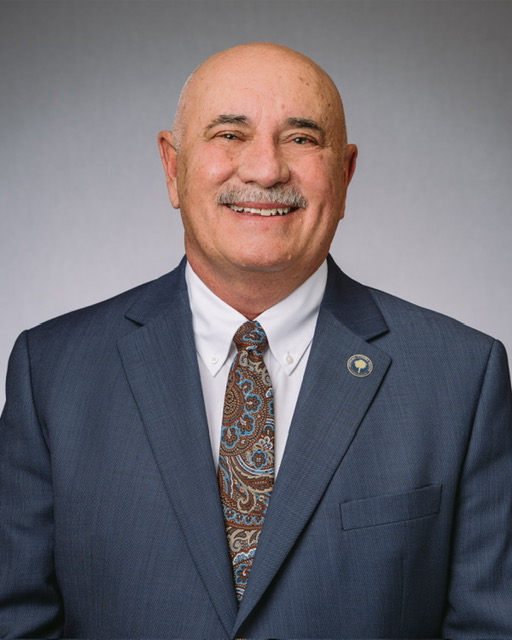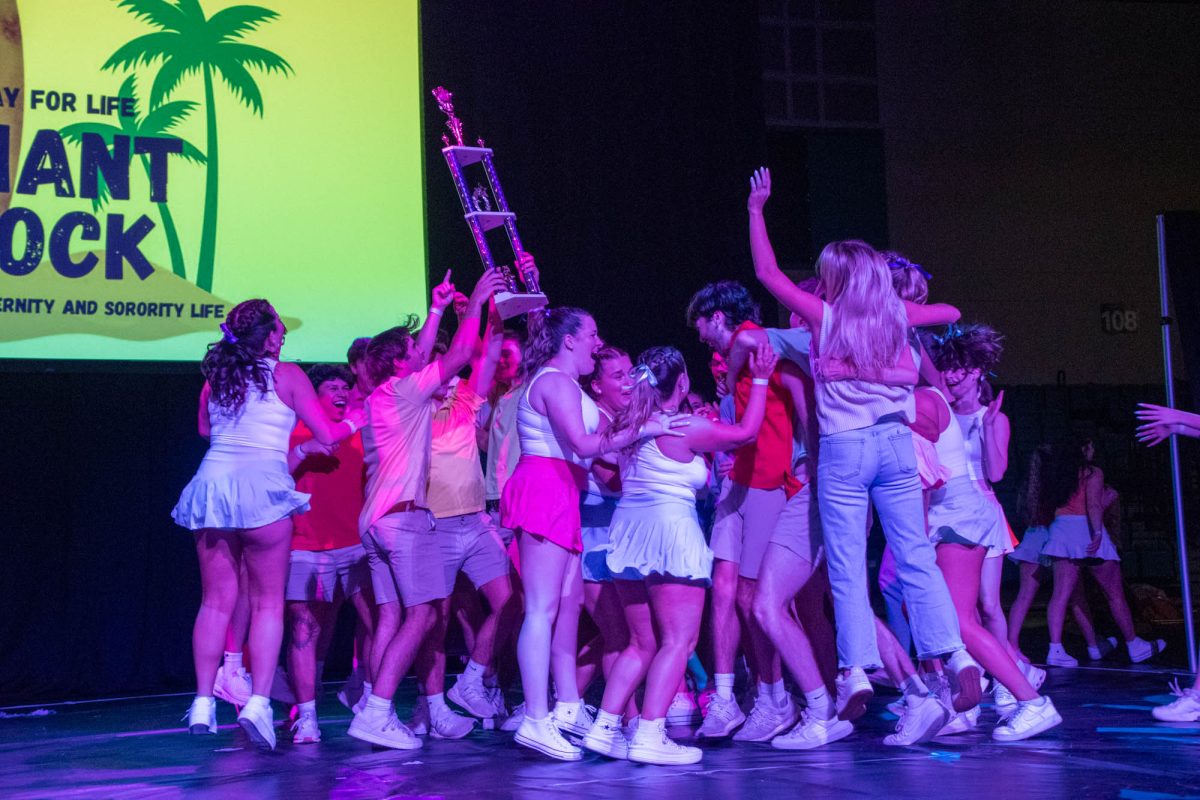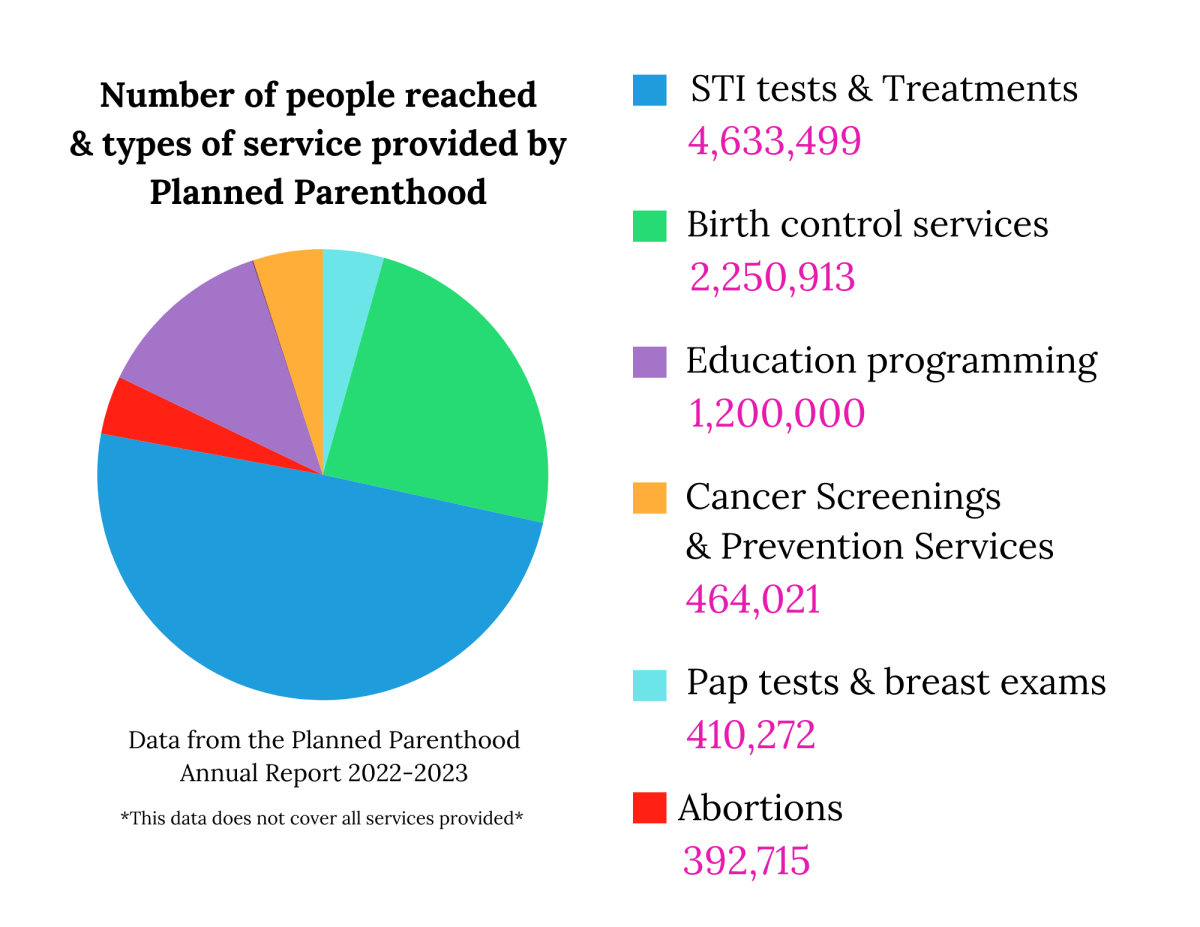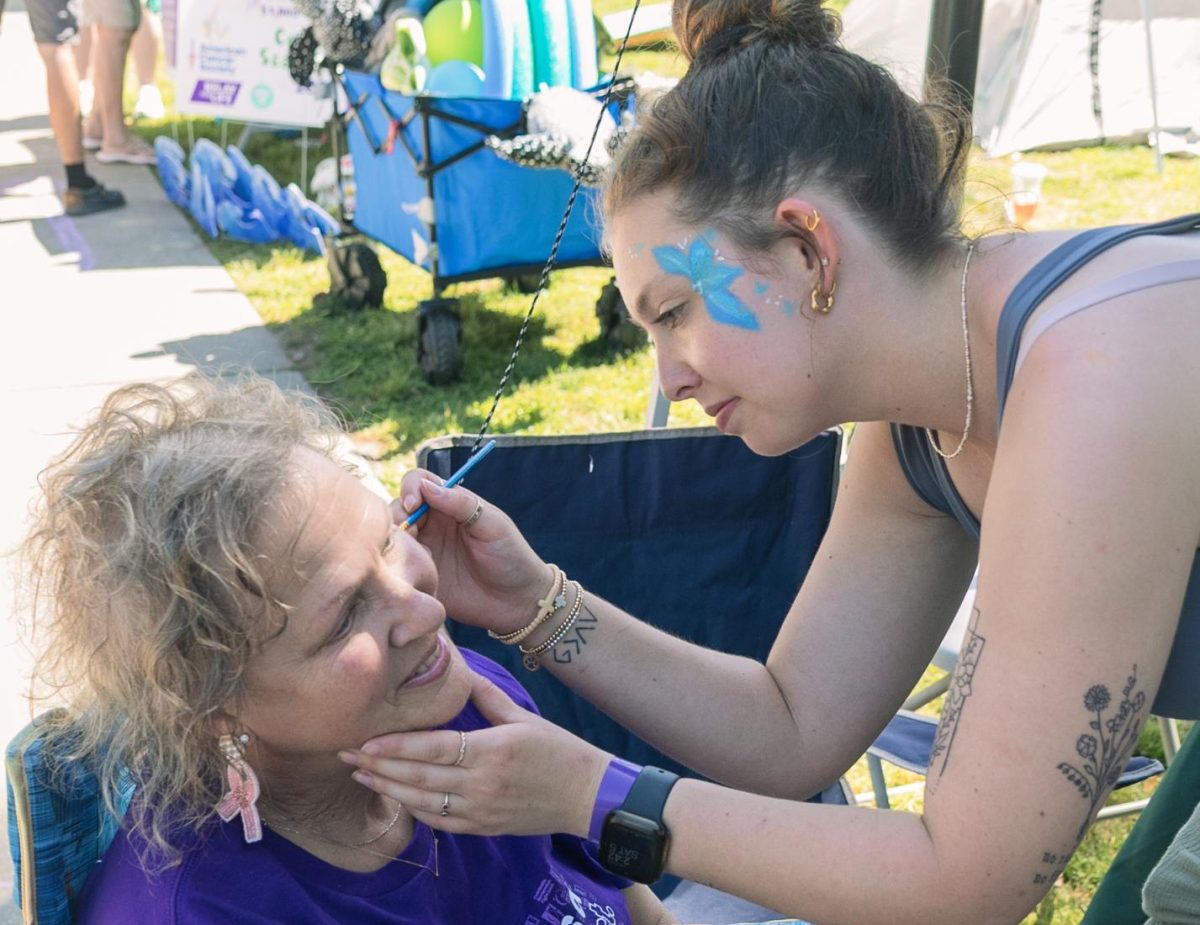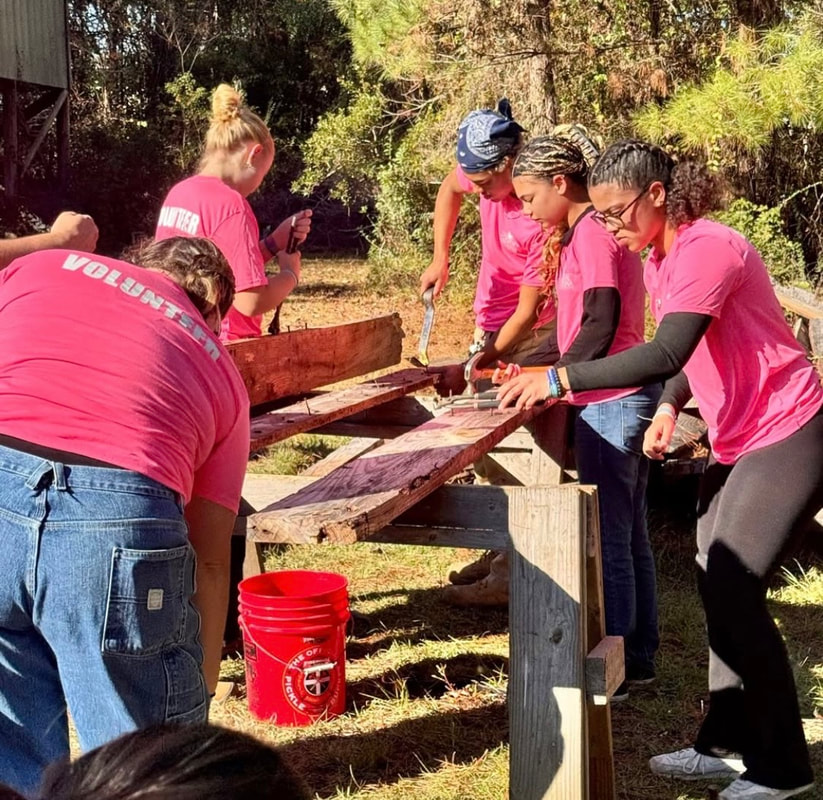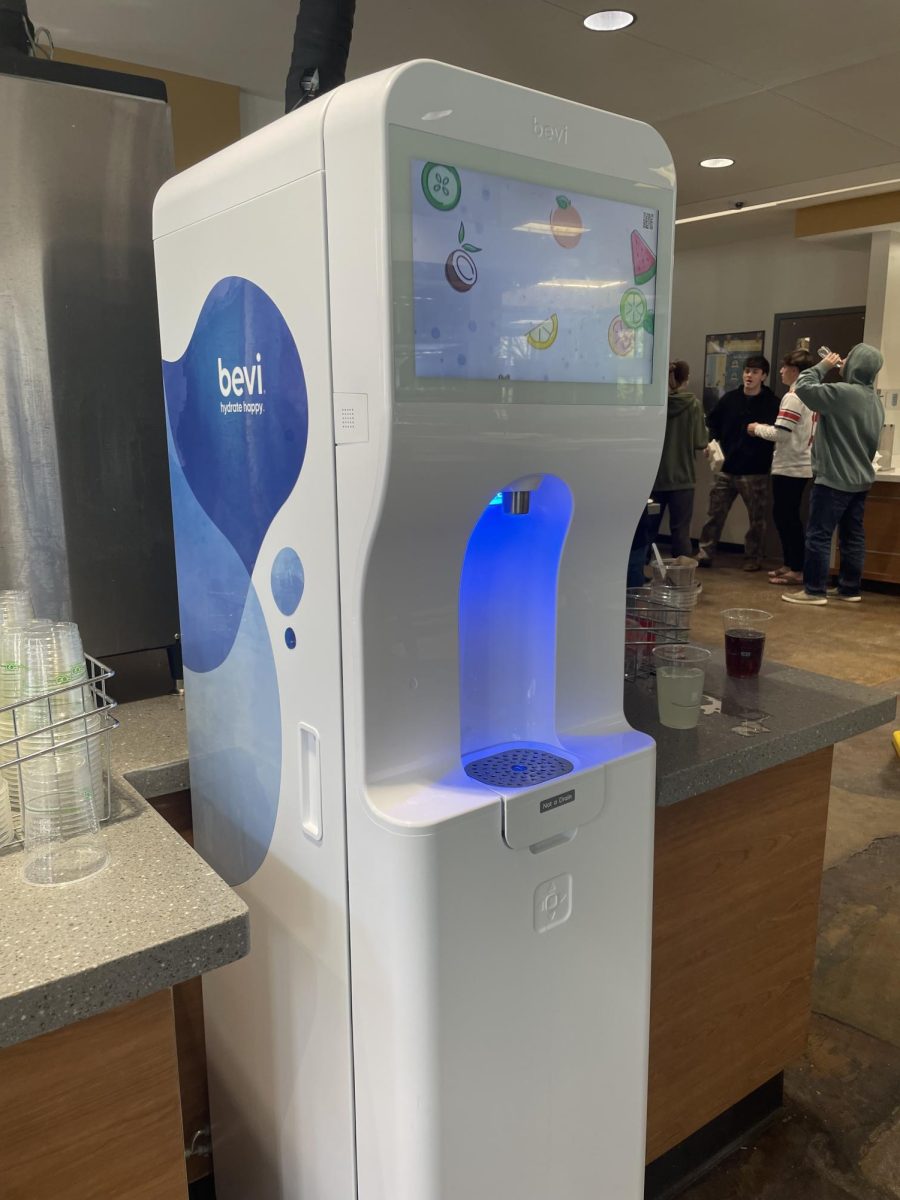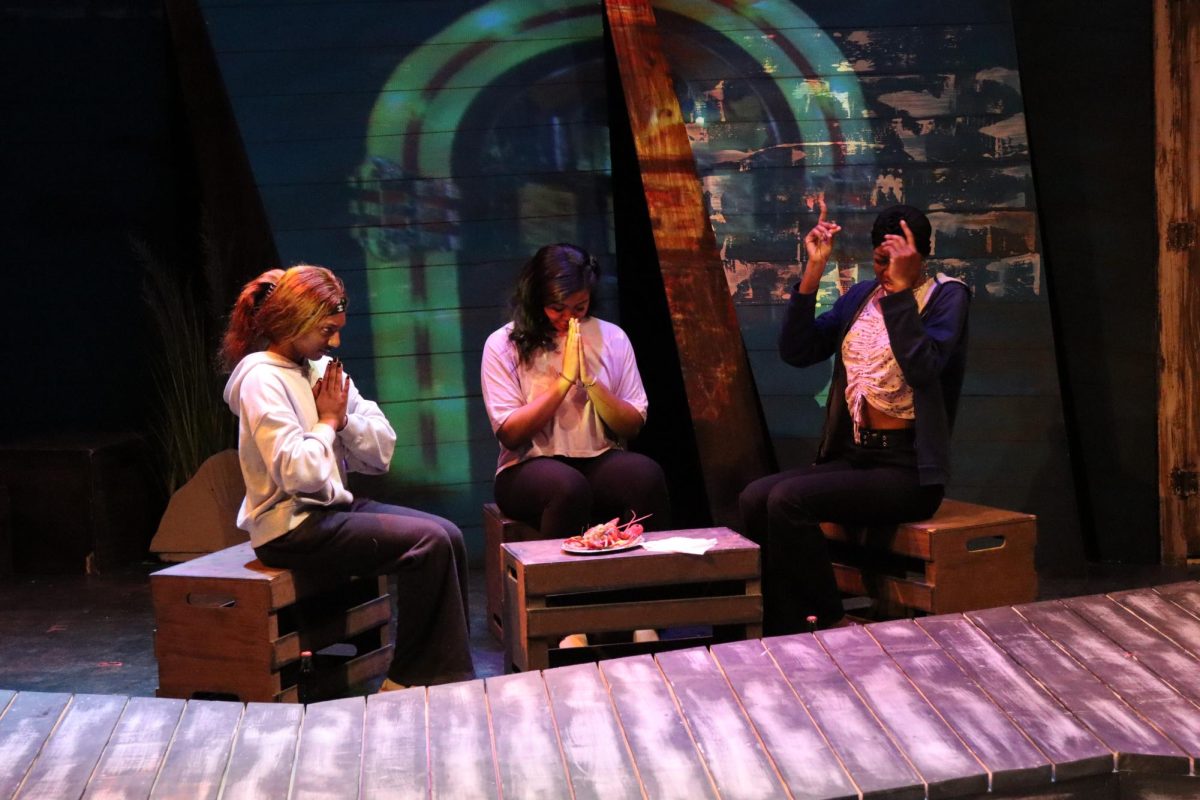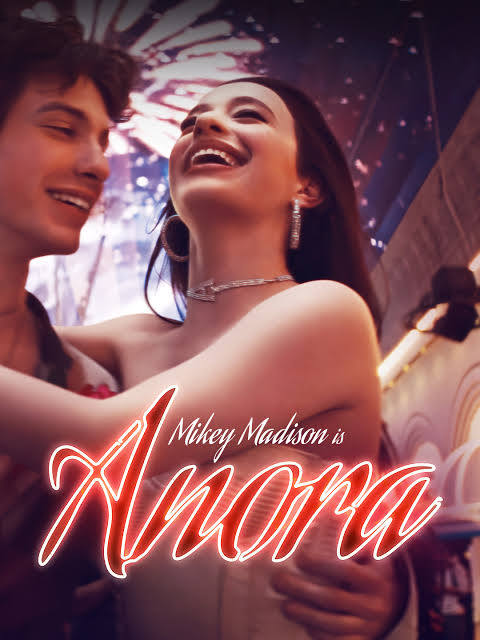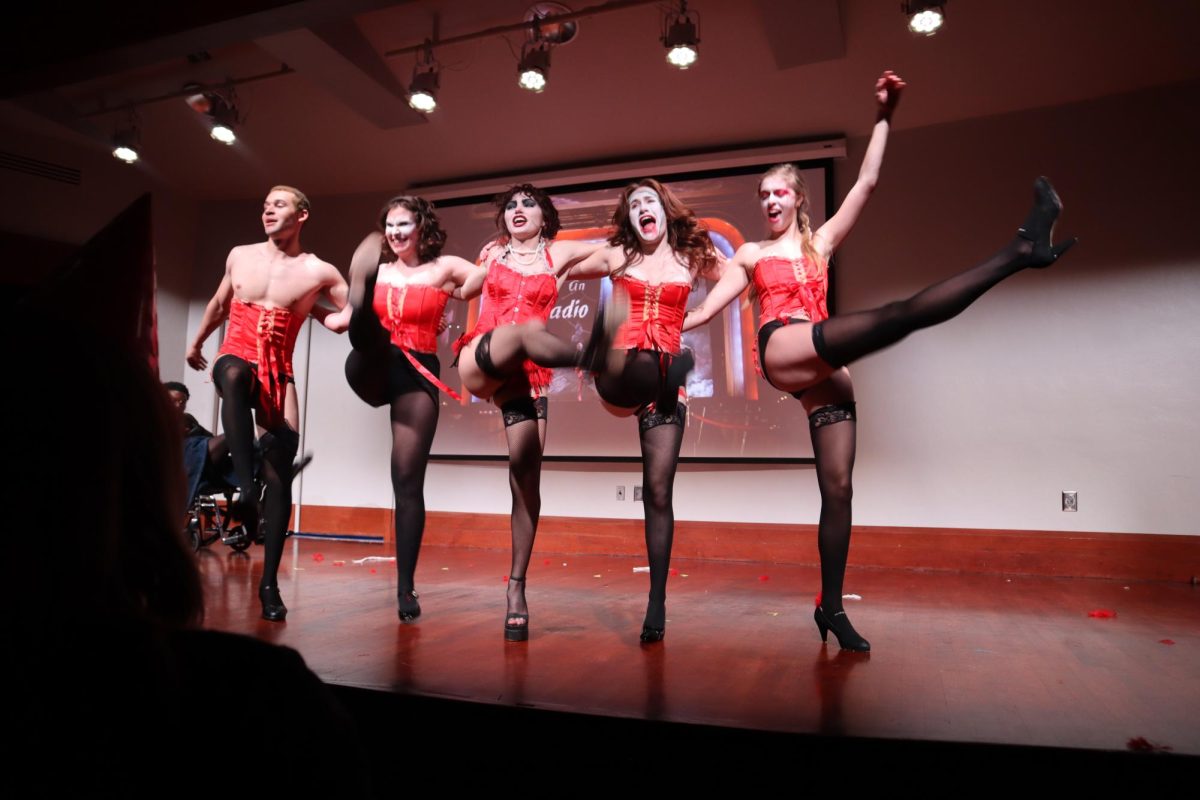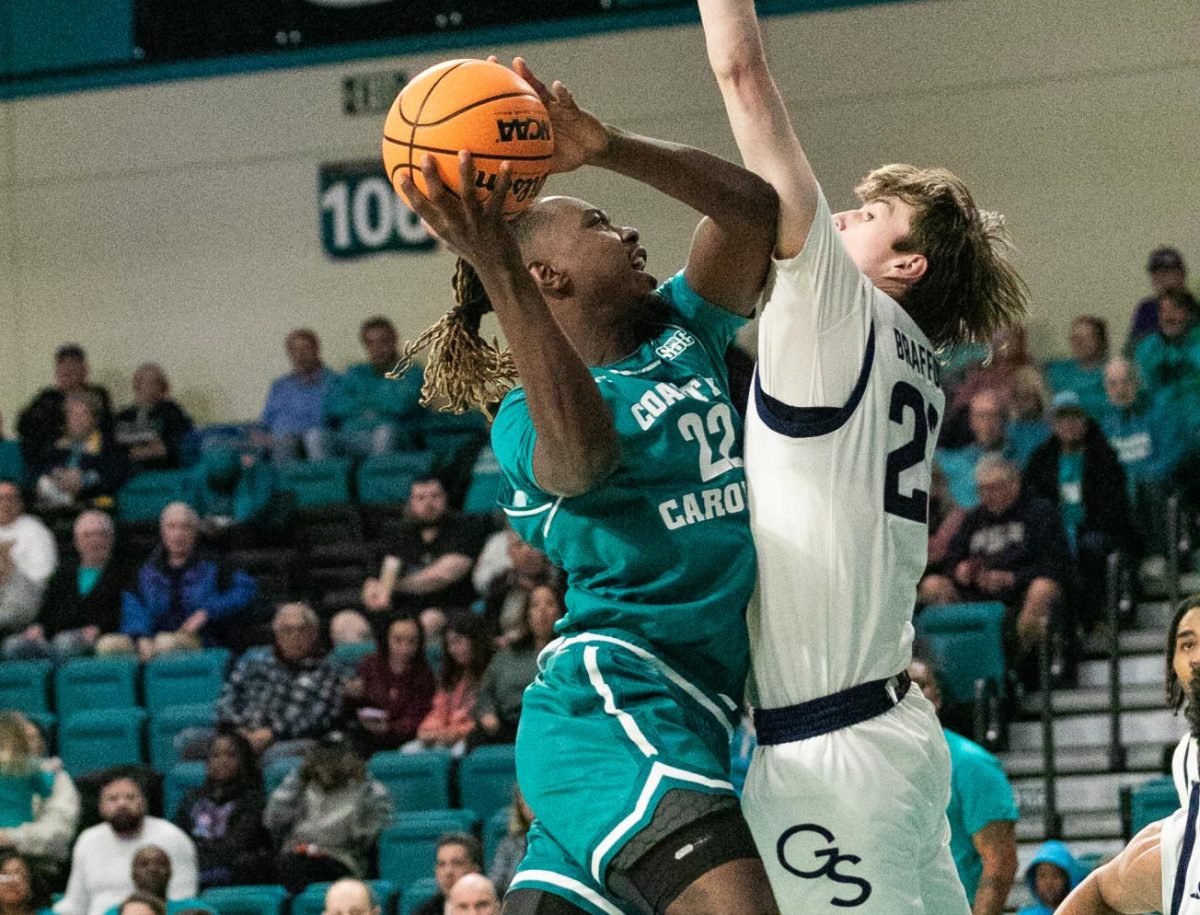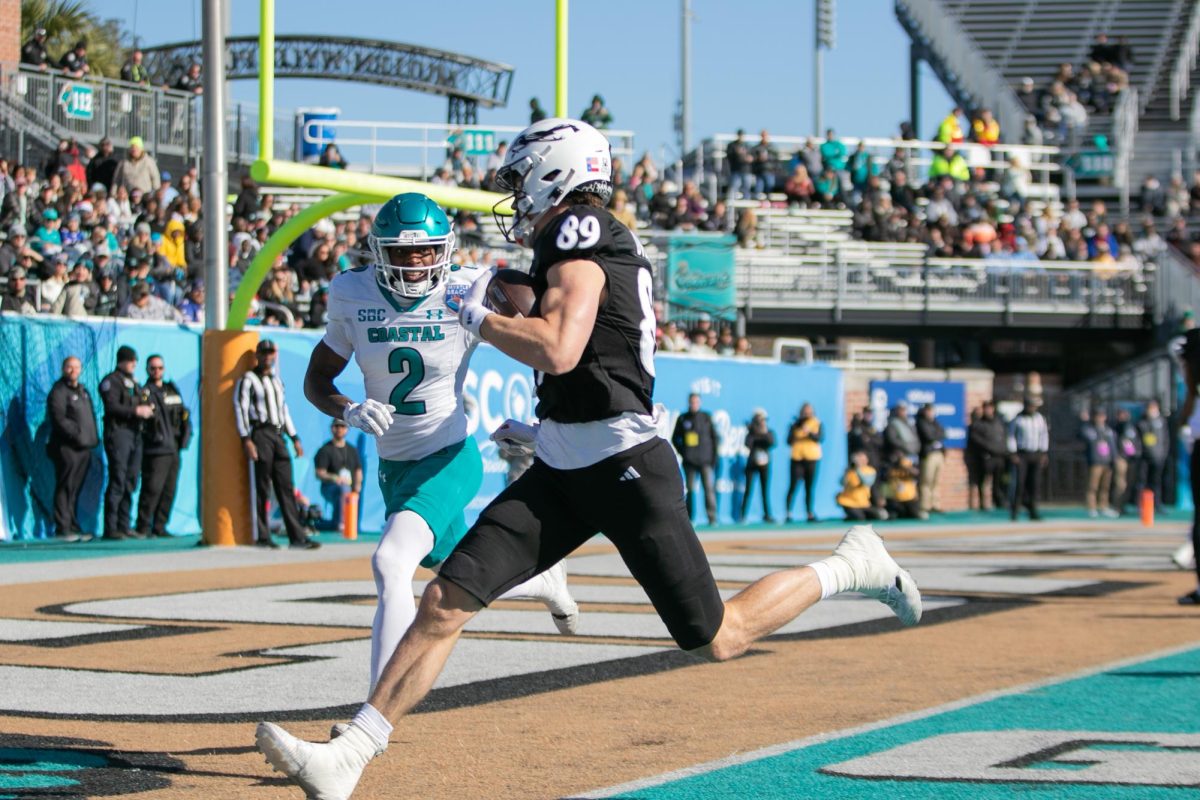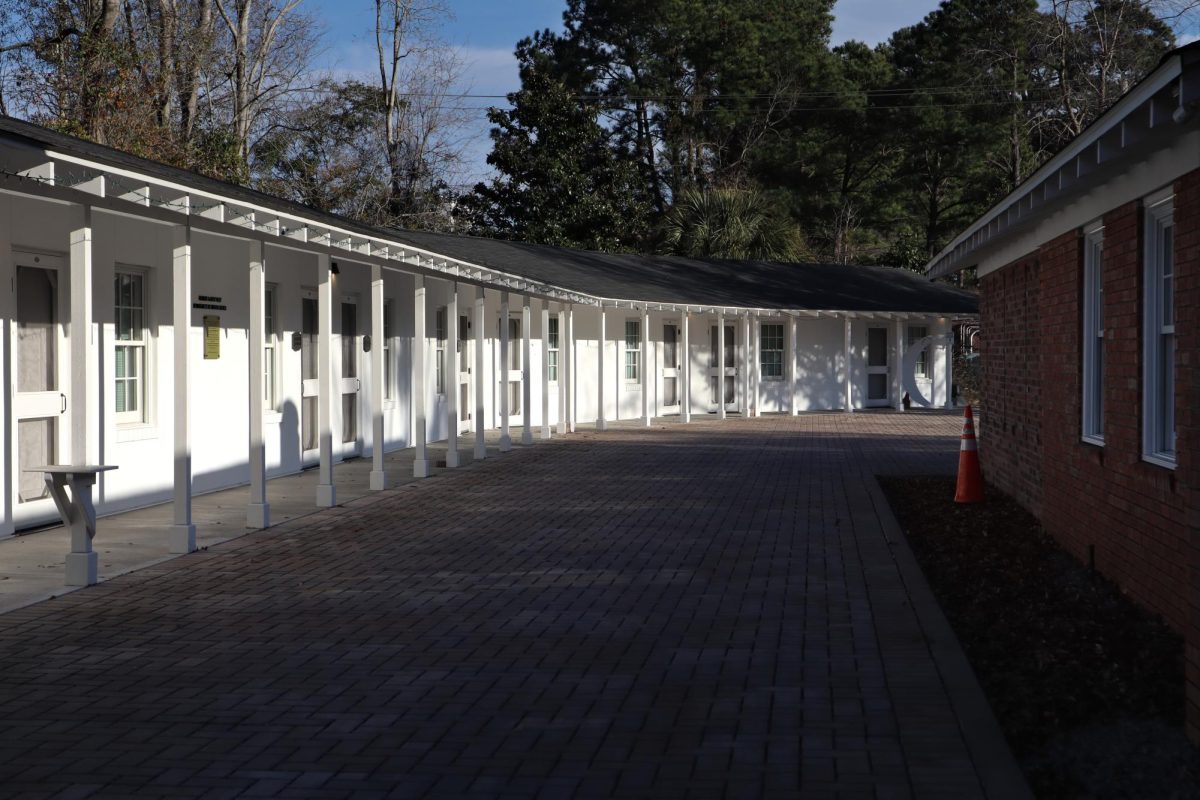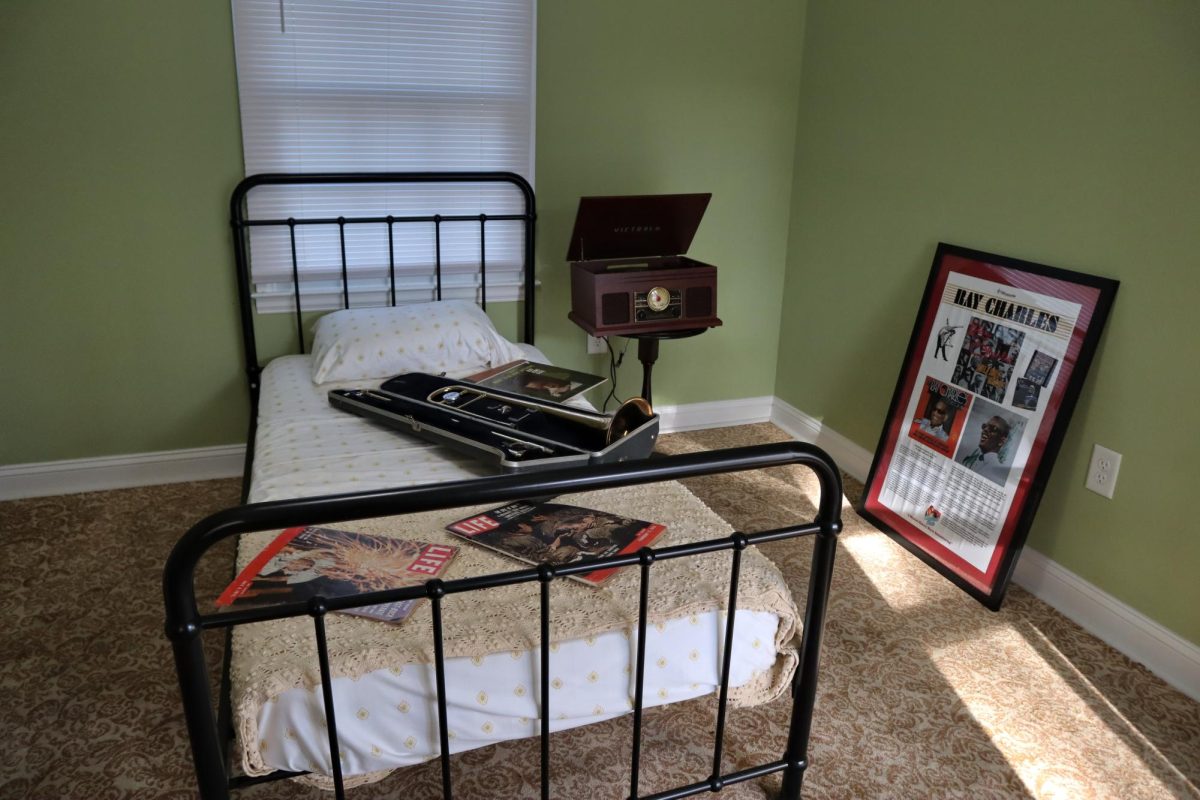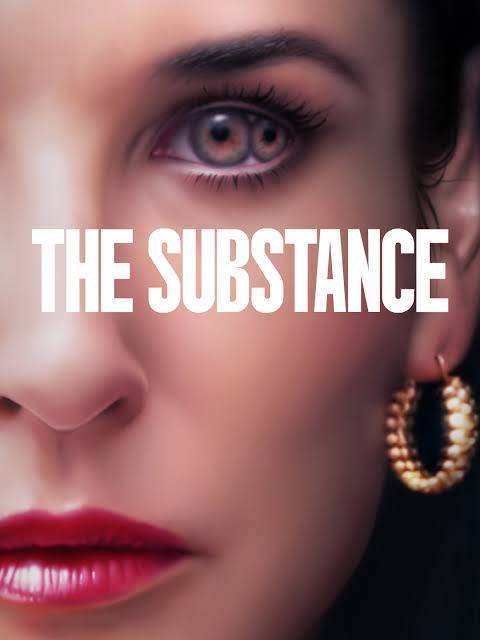Charlie’s Place is a location that was created by Charlie and Sarah Fitzgerald in the 1950s for African Americans to find sanctuary and safety in Myrtle Beach, South Carolina.
The landmark reflects the struggles and discrimination the Black community had to consistently face during the period of Jim Crow.
“This is pretty much the only area that African Americans could go to, they couldn’t go to Ocean Boulevard back then,” Matthias Grissett, coordinator of the Myrtle Beach Neighborhood Services Department, said.
During the time of segregation, African Americans were not allowed in areas where white people were, especially on Ocean Boulevard. If they did go to such areas, they were commonly faced with violence from police or white residents.
Grissett said Charlie’s Place served as the Black business district back in the ‘30s, ‘40s and ‘50s.
“It was a safe haven for African Americans. So that’s one of the reasons why it was listed in the Green Book,” Grissett said. “The Green Book, of course, was the African American travel guide.”
Since African Americans were prohibited from being around white communities, they formed their own community near Charlie’s Place. It was a safe retreat for Black individuals seeking kindness and a sense of freedom and equality.
Charlie’s Place specifically served as a motel and supper club, and although the location was meant for African American refuge, it was also a place where white and Black people came together.
This was very rare at the time. “Mr. Charlie Fitzgerald, who owned a supper club and this property here, he was doing something unheard of. He was allowing Blacks and whites to mix, which was kind of against the law,” Grissett said.
It became a unifying area where Black and white people enjoyed time together to dance, eat and converse. However, during the 1950s this was inconceivable, leading to a Ku Klux Klan (KKK) attack to take place.
“Back then, white teenagers would come in to the supper club to watch African Americans dance,” Grissett said. “Mr. Charlie was kind of, what we say, color blind. He didn’t care what race you were, he wanted you to have a good time when you came to the supper club.”
Many white, young individuals would come to Charlie’s Place to enjoy the atmosphere and watch the dances. Charlie didn’t have a problem with this and wanted his place to be a sanctuary for all, Black and white alike.
However, this went against the infamous Jim Crow Laws during that time.
“They had taken Mr. Charlie out into the woods and tied him to the tree, and they beat him severely, but he survived that attack,” Grissett said.
The KKK attack that Charlie had to face was out of hatred from allowing Blacks and whites to mix freely at the supper club, which was unheard of at the time. His stance on allowing both races to converse was seen as outrageous by white people who were a part of this white supremacist group.
Charlie’s Place was not just a location for local residents, attracting famous African American musicians from different places as well.
“From the 1930s to the 1960s, many of the greatest Black musicians played there, including Billy Holiday, Ray Charles, Ruth Brown and Little Richard,” a video created by PBS stated.
African American artists who performed on the streets of Ocean Boulevard and at hotels were not allowed to stay at those hotels due to segregation laws. As a result, they went to a location they knew they could safely stay at, Charlie’s Place.
The history of Charlie’s Place’s musicians can still be seen at the location with record players, posters and information about previous performances all around the landmark.
Charlie’s Place still continues to host events dedicated to jazz music today, according to Grissett. The venue is currently the home of the Myrtle Beach Jazz Festival, an event hosted during October, as well as a Juneteenth celebration.
Through these celebrations, the destination remains a proper representation of music and the contributions Black musicians have made to jazz music.
EDITOR’S NOTE: Throughout the month of February, we at The Chanticleer believe it is important to celebrate Black History Month. As the student voice of Coastal Carolina University, a predominately white institution, we must use our platform to amplify Black voices, stories and experiences. First-generation students Curriyah Scott and Ashanti Grant were highlighted on page 4, Jacob’s Playlist features the Notorious B.I.G. on page 10, and this article you’re reading now mark the second rendition of how The Chanticleer is celebrating February. Join us for our last rendition of BHM on Feb. 29.
